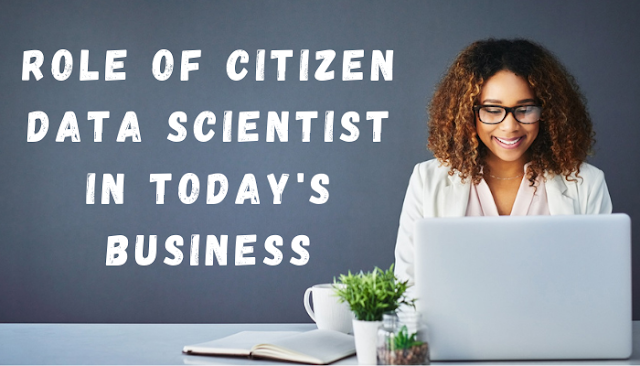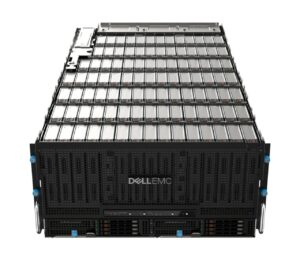Dell EMC allows an associate certification in data science. The exam focuses on the practice of data analytics, the part of a data scientist, Data Analytics lifecycle, analyzing and exploring data with R, statistics for model building and evaluation, theory and techniques of advanced analytics and statistical modeling, technology and tools that can be used for advanced analytics, operationalizing an analytics project, and data visualization techniques.
These certifications are delivered by Dell EMC, the official certifications. Dell EMC certification equips you with various enterprise data storage skills and enhances your VNX Storage and development knowledge. Amongst all others, the Dell EMC certification requirements suite comprises Symmetrix Business Continuity Management, Symmetrix Configuration Management with FAST VP, Dell EMC Avamar Administration, Installation and Configuration, Dell EMC Data Domain System Administration, Dell EMC NetWorker Administration for UNIX and Microsoft Windows, VNX Unified Storage Deployment and Management, Data Science and Big Data Analytics and much more. The Dell EMC requirements at Koenig are mapped to several famous Dell EMC certifications.
Why Learn Data Science?
With the amount of data generated and the evolution in analytics, Data Science has become a necessity for companies. To make the most out of their data, companies from all domains, be it Finance, Marketing, Retail, IT, or Bank. All are looking for Data Scientists. This has led to a massive demand for Data Scientists all over the globe. With the kind of salary that a company offers and IBM is declaring it a trending job of the 21st century, it is a lucrative job for many. This field is such that anyone from any background can make a career as a Data Scientist.
The program needs no prior knowledge of coding in Python, R, or SQL and begins from fundamentals. By the end of the program, the candidates will have a deep understanding of statistical techniques critical to data analysis. They can create Analytical models using real-life data to drive business impact.
Data science is the skill and technology that every industry is craving. Having a data science skillset in the current era means having an excellent demanding career option in your pocket.
Certifications are the best means of proving that you understand something in a particular field. Data Science and Analysis career paths and certifications are directly proportional to each other. These certificates are in high demand in the industry. It will add a striking star to your profile and will certainly pay off.
What Do Data Scientists Do?
The data scientist is an individual who can give tremendous value by tackling more open-ended questions and leveraging their understanding of advanced statistics and algorithms. If the analyst focuses on intelligence data from the past and present perspectives, the scientist focuses on producing good predictions for the future.
The data scientist will uncover deep insights by leveraging both supervised approaches toward their machine learning models. They are training mathematical models that will allow them to identify patterns better and derive accurate predictions.
The tracking is examples of work performed by data scientists:
- Evaluating statistical models to determine the legality of analyses.
- Using machine learning to build better imminent algorithms.
- Testing and continuously improving the effectiveness of machine learning models.
- Building data visualizations to compile the conclusion of advanced analysis.
Data scientists bring an entirely new path and perspective to understanding data. While an analyst may describe trends and translate those results into business terms, the scientist will raise further questions and build models to make predictions based on new data.
How Much Money Do Data Scientists Make?
Data science salaries can differ quite a lot since the role itself differs from company to company. According to Indeed.com, as of April 2021, the average data scientist in the United States receives $121,050.
Experienced data scientists at top companies can make significantly more senior data analysts at companies such as reported salaries of around $178,000 as of April 2021.
Data scientists who concentrate on building machine learning skills can also look at machine learning engineer roles, which require an average yearly salary of $149,924 in the United States as of April 2021.
Summary
Finally, the data scientist will likely build upon the analyst’s initial decisions and research to obtain deeper insights. Whether by training machine learning models or by continuing advanced statistical analyses, the data scientist will provide a brand new prospect into not just what has occurred in the past but what may be possible for the near future.



























